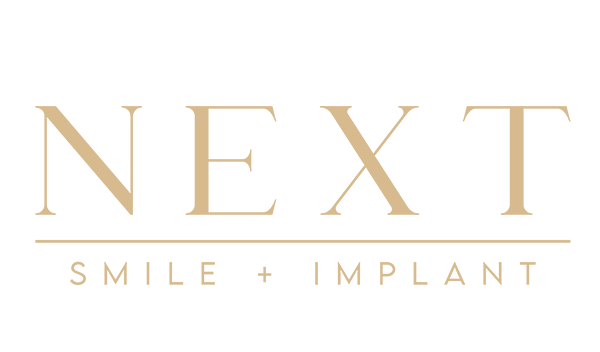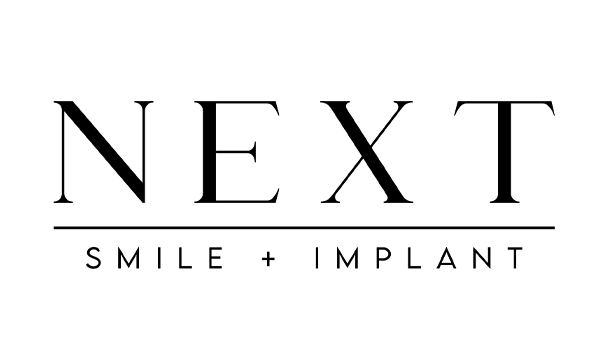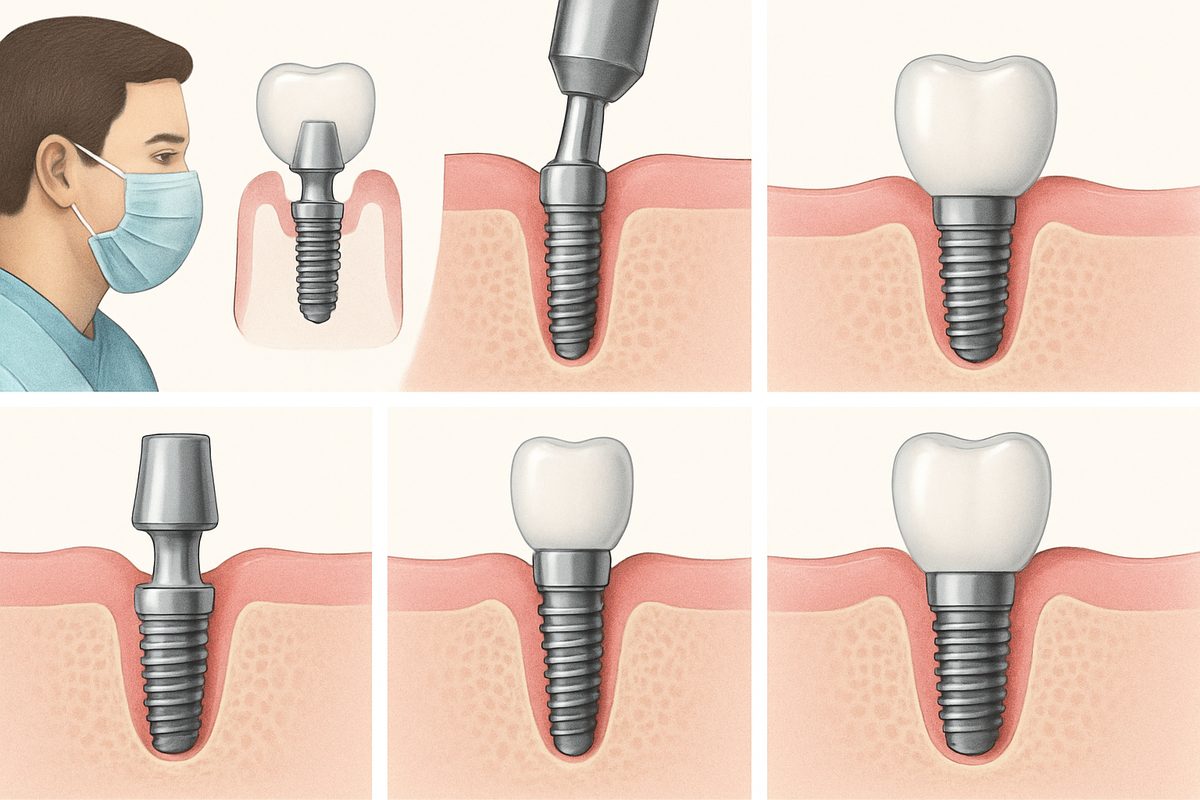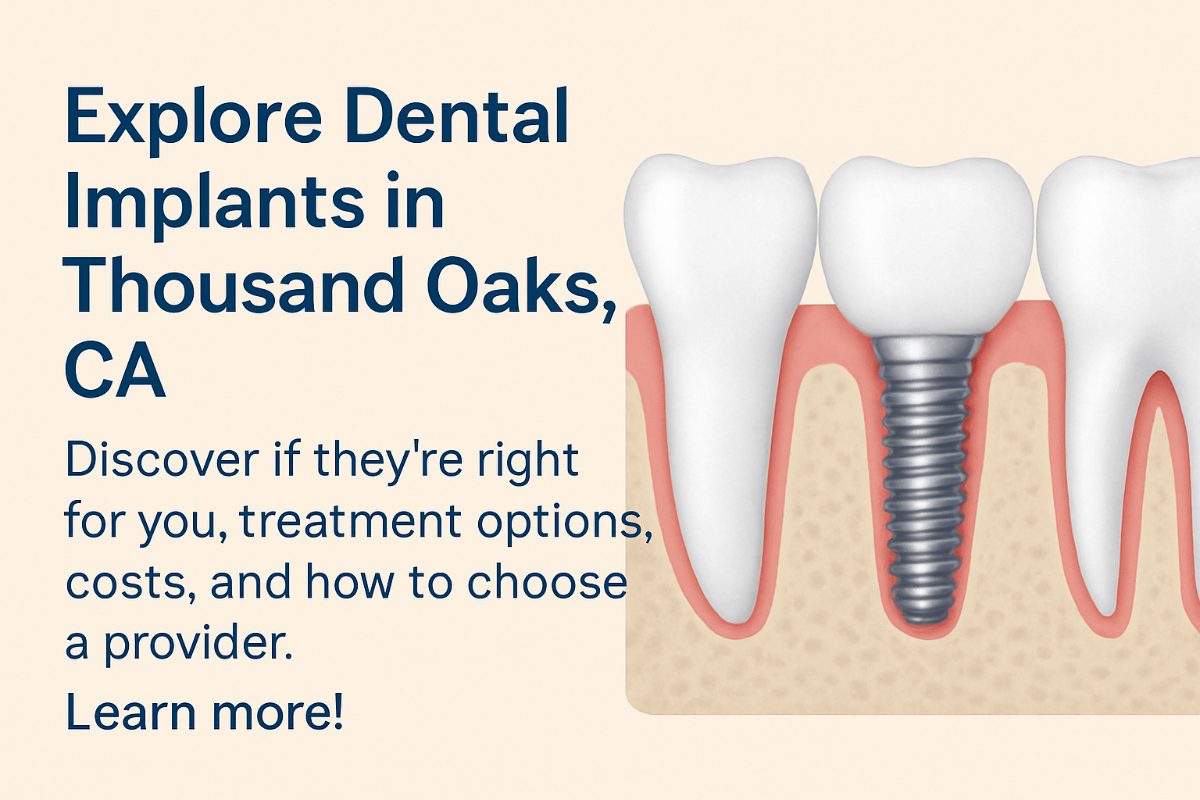Dental Blog - Thousands Oaks, CA
Tips, Facts, And The
Latest In Dentistry

Dental Implants: The Premier Option For Missing Teeth
Posted in Dental Implants

A dental implant has three parts: the implant fixture (the root), the abutment (the connector), and the crown (the visible tooth). The fixture bonds to bone through osseointegration, giving stable support for chewing and speech. Unlike other treatments, implants replace the tooth root, which helps preserve bone and facial structure.
How Dental Implants Compare To Other option for missing tooth
Dental bridges
Bridges fill a gap by anchoring to adjacent teeth. They work well short-term but require grinding healthy teeth and may wear out in 10–15 years. Implants spare neighboring teeth, tend to last longer, and better preserve bone. Bridges are often less expensive up front, but implants can be more cost-effective over time.
Dentures and partials
Dentures and partials are removable and can restore appearance quickly. They usually don’t match the chewing power of implants and can slip or irritate gums. Dentures don’t stop bone loss in the jaw where teeth are missing. Implants offer greater stability, better chewing efficiency, and help maintain jawbone health, making them a strong option for missing tooth when long-term function matters.
Who Is a Good Candidate?
Good candidates have healthy gums, sufficient jawbone, and controlled medical conditions. Smoking and uncontrolled diabetes can raise the risk of implant failure. Older age alone is not a barrier. If bone is low, grafting or a sinus lift can often build volume for implants—these add time and cost but expand candidacy.
What to Expect During Treatment
The typical timeline: consultation with 3D imaging, implant placement, a healing phase for osseointegration (often 3–6 months), and then the final crown. Some cases use immediate temporary teeth. Expect mild to moderate discomfort after surgery, managed with pain meds and soft foods for a few days. Follow-up visits monitor healing and final prosthetic fit.
Benefits, Risks, and Longevity
Benefits include strong bite force, natural appearance, bone preservation, and long-term value. Risks are infection, implant failure, nerve or sinus issues, and restorative complications. Risk is lowered by proper planning, sterile technique, and good oral hygiene. With regular care, implants commonly last decades.
Cost, Insurance, and Financing Options
Cost drivers include the number of implants, bone grafts, type of crown, and lab fees. Dental insurance may cover parts but often has limits. Many practices offer payment plans, third-party financing, or in-house options to spread cost. Get a detailed estimate and list of included services before starting.
Choosing the Right Specialist
Experience matters for surgical planning and prosthetic results. Look for clinicians trained in implant surgery and prosthodontics for complex cases and full-mouth rehab.
About Dr. Saeed Yazdianpour
Dr. Saeed Yazdianpour is a board-certified prosthodontist and implant surgeon with DMD and MSD degrees and advanced training from Boston University and UT Health Science Center. A Fellow of the International Congress of Oral Implantologists, he focuses on digital implant dentistry, full-mouth rehabilitation, and personalized, evidence-based care. Fluent in English and Farsi, Dr. Yazdianpour designs treatment plans that restore oral health and confidence.
Next Steps: Is an Implant the Right option for missing tooth for You?
If you have a loose tooth, missing tooth, difficulty chewing, or changes in speech, consider an implant consult. A specialist can assess bone, health factors, and create a personalized plan. Schedule a consultation to learn if a dental implant is the best option for missing tooth in your case.





